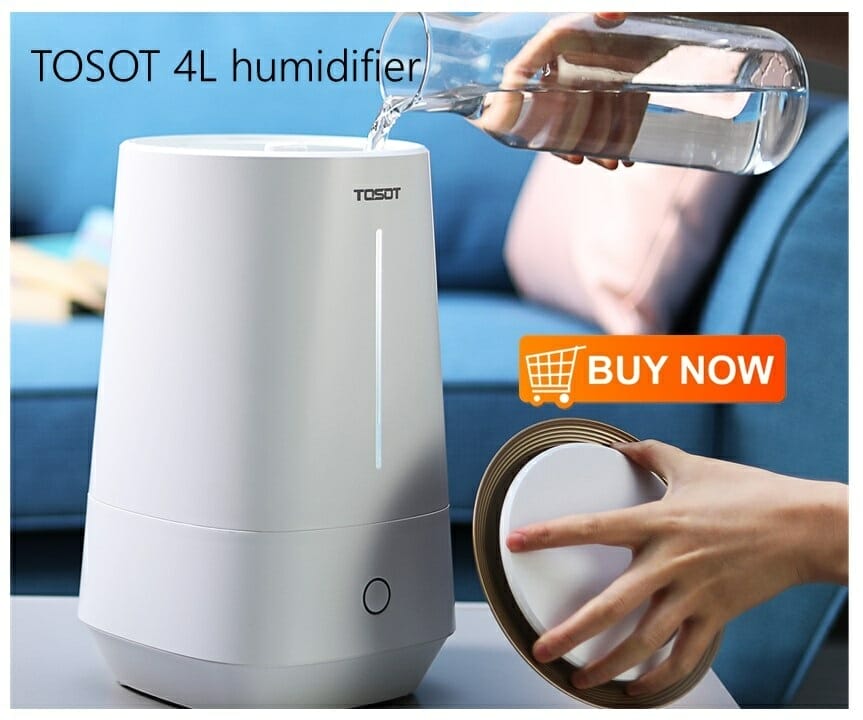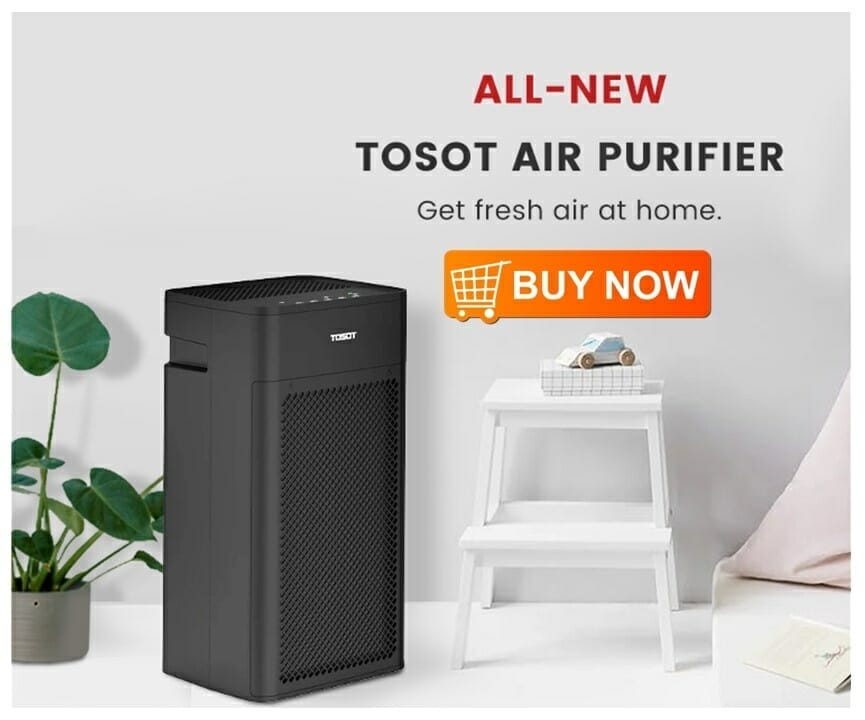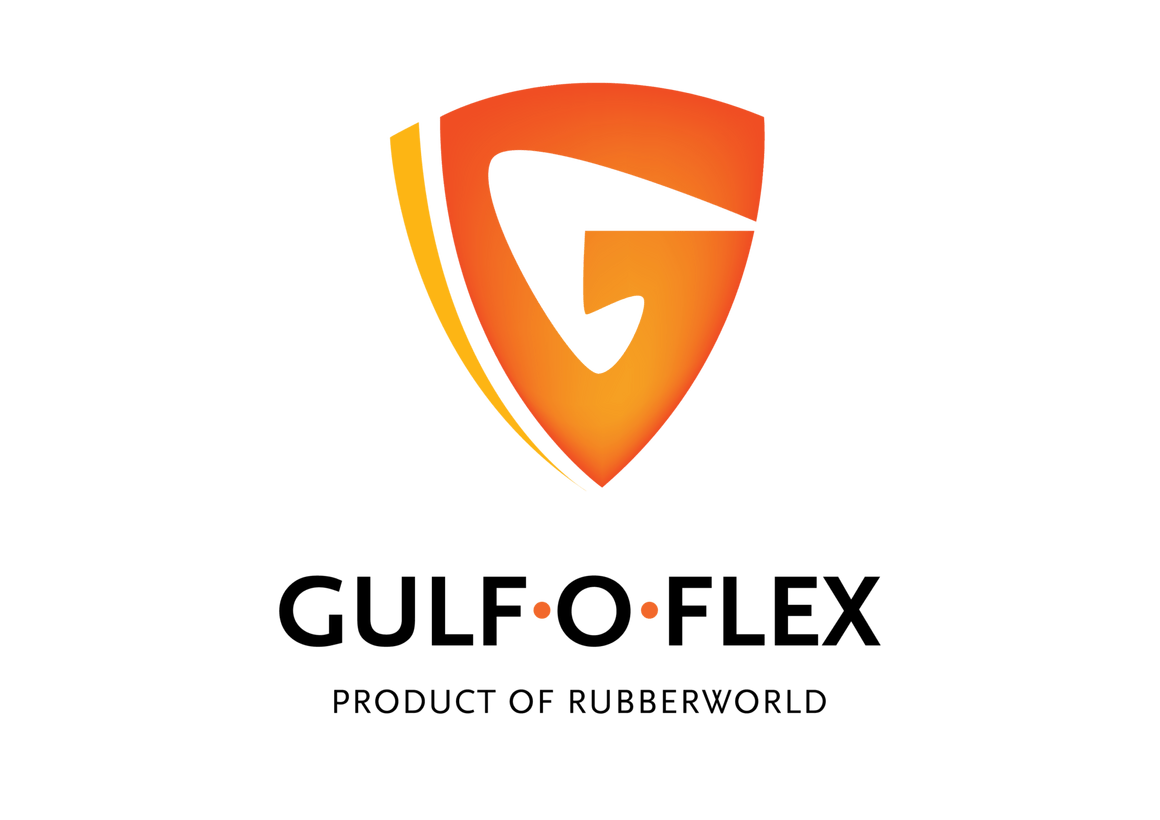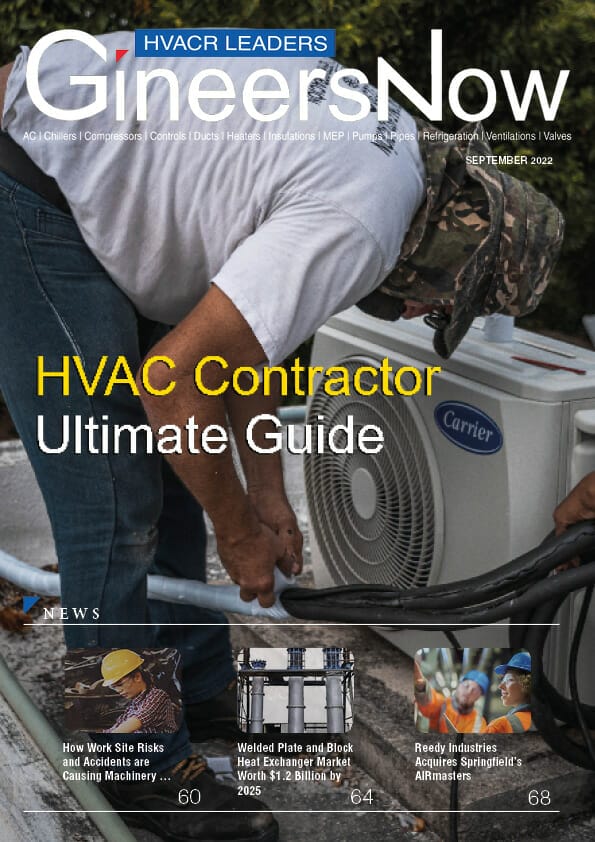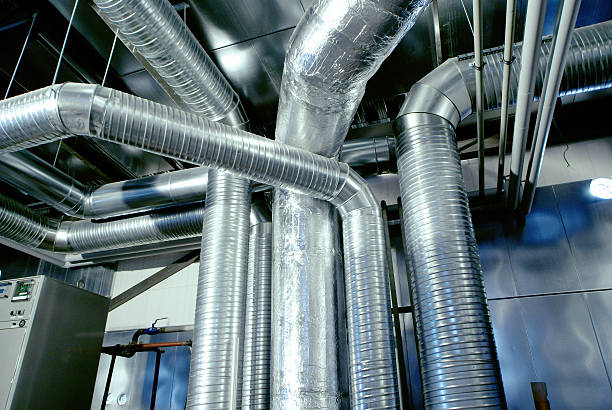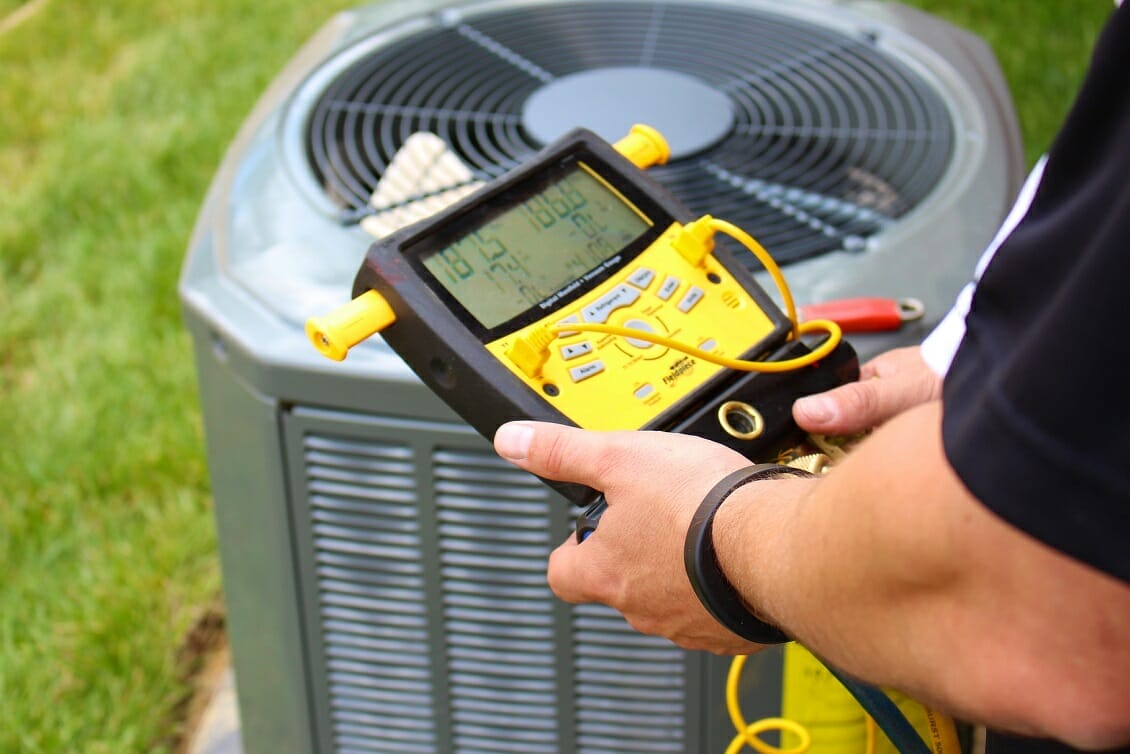As a concept in building technology, insulation is defined as any material which provides resistance to heat flow. It limits the flow of heat between two bodies that are not at the same temperature. Being a critical component in buildings, its primary goal is to help keep outdoor air from getting inside the building and conditioned indoor air from escaping.
Given that, the more heat flow resistance that the insulation provides, the lower the heating and cooling costs. But far more important than the savings in cost, installing proper insulation in buildings has essentially three key areas of importance: efficiency, sustainability, and human comfort.
Several materials are used in building insulation. The most common are glass wool, polyester, natural wool, or recycled paper which make up bulk insulation. Meanwhile, reflective insulation is usually made from shiny aluminum foil that is laminated into paper or plastic.
There are also insulating concrete forms, typically manufactured with polystyrene foam, polyurethane foam, cement-bonded wood fiber, or cellular concrete; and the spray foam, wherein polyurethane and isocyanate foams are sprayed with a gun.
Every building insulation product is rated based on a measurement of resistance the material has to the movement of heat, which is commonly known as R-value. The higher the R-value, the more effective the insulation.
Building insulation has different types depending on where they are installed. The idea is to create a ‘building envelope’ which means several types of insulation may be used in any given area.
But according to the U.S. Department of Energy, there are five areas of the house that should be properly insulated. They are the attic, walls, floors, crawl spaces, and basement.
Other parts of the house not included in the list are windows and doors, and pipes and ducts in heating, ventilating, and air conditioning (HVAC) systems.
It is worth noting that the walls are given much attention when it comes to insulation because they lose around 30% to 40% of heat. The roof is second in priority which accounts for approximately 25% of heat loss. The windows and doors come next with 20%.
But that does not mean to say that ducts, having minimal heat loss, should not be insulated.
It is still important to have insulated ducts because they ensure that the air traveling through the ductwork will stay at the desired temperature and that the air won’t “leak” out. Doing so also prevents condensation and dripping from ducts.
Otherwise, when air leaks out, the HVAC systems, which are in charge of providing thermal comfort and acceptable indoor air quality in a building, will have to work harder to deliver the indoor air required. Consequently, there will be unnecessary costs other than energy being wasted.
For consultants, contractors, and clients in the Middle East, the preferred insulated ducts are that of Rubber World Industries under the Gulf-O-Flex brand. The UAE-based company manufactures products which have been in use for decades and are regarded as the best in preventing energy loss effectively. It caters to the HVAC system needs of 90 countries around the world with focus in the Middle East.

Flexible insulated ducts by Gulf-O-Flex, one of its highlight products, are made of triple lamination of aluminum foil, polyester and metalized polyester film permanently bonded to a coated spring steel wire helix. They are thermally efficient because of the fiberglass insulation as it wrapping exterior.
Another specialty of Gulf-O-Flex is the insulation sheets, which are flexible, elastomeric thermal insulations with an expanded closed-cell structure. It is formaldehyde free, dust free, fiber free and resists mold and mildew, made without the use of CFCs, HCFCs, and HFCs.
Other than insulated ducts and sheets, main products of Gulf-O-Flex include insulation tube and coil, insulation sheet rolls, and anti-vibration pads. All of them offer protection against condensation on cold surfaces and retardation of heat gain on hot applications, as well as high resistance to UV radiation and high temperatures.

These products are considered to be the HVAC industry’s best especially in the Middle East.



